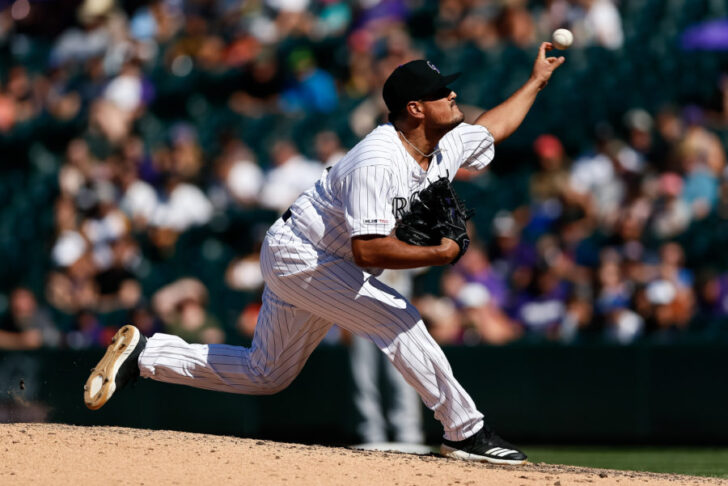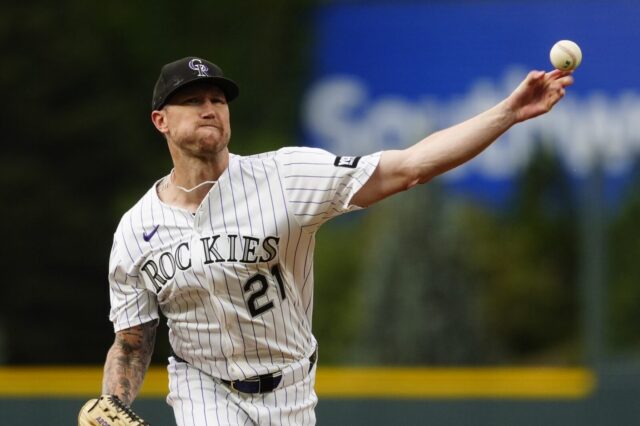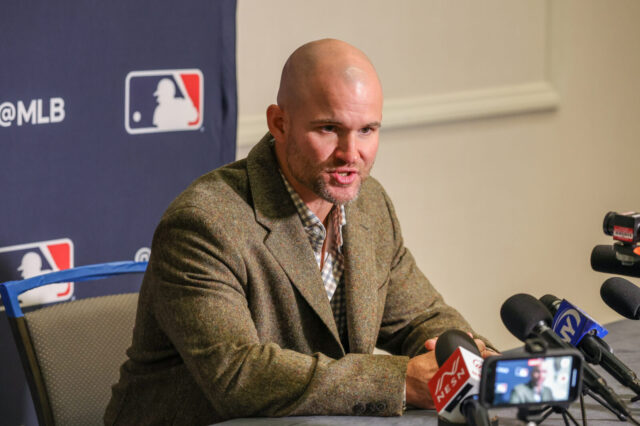The long-time tradition of September roster expansion to 40 players is coming to an end. Next year’s rule changes are set to impact both managerial decisions and opportunities for growth – something that the Colorado Rockies are seeing from both sides of the proverbial coin.
The switch is a simple one that carries a lot of weight. Managers will be forced to pick 28 players to be on the active roster. While 40 players are still allowed to be in the clubhouse and dugout, 12 of them will be forced to be healthy scratches.
For a bigger-picture perspective, there are positives to be had.
“I think that it’s a good thing to play the last month of the season very similar to how you played the first five,” Black said. “I’ve seen September games with anywhere from 30 to 40 active players impact the game.”
Gone will be the days of a bullpen that goes six-to-seven deep from each side. The old strategy of always going with the splits in late-game situations will now be given an extra dimension of finagling.
For the players, it’s a different conversation altogether.
The common notion would be that playing overrules everything – sitting on the bench isn’t as great, no matter the level. Baseball contradicts the unwritten rule. Playing in the major leagues, even if you’re not playing every day, is better.
“Any opportunity (in the majors), you have to be able to take advantage of,” Ryan McMahon said. “You don’t choose when you get opportunities. This is an opportunity for all of the guys coming up and (they need) to take advantage of it.”
McMahon lived the life of a September call-up, even though he never was one. Last year, he was on the roster nearly the entire year but played the role of a bench bat. Through 181 at-bats in 91 games, he routinely sought the opportunity to be in a big-league clubhouse.
It’s a natural opinion. The health center, weight room, clubhouse and even the snack bars are all much-improved versions in the majors.
“Any time you’re in the big leagues is a positive thing,” Garrett Hampson said. “I don’t think people can complain too much about getting to be on a major-league roster.”
The lessons are also greater. Playing alongside a perennial MVP candidate like Nolan Arenado, while being able to pick his brain, is a recipe for success. Just like so many other aspects of life, greatness has a keen way of inspiring greatness.
“There’s definitely something to it, to being an everyday big leaguer,” McMahon said. “(It’s different) competing against the best on a daily basis.”
It’s even bigger for a team like the Rockies. The year has resulted in a bottom-of-the-league record and a shot at the playoffs has been dashed. Bringing up players, for the developing teams, is crucial late in the year.
Players like Joey Votto, David Price and Corey Kluber were all given opportunities late in the year. All three impacted their team and set the foundation for all-star careers.
The Rockies’ example thus far is Sam Hilliard. Though he was called up four days before September, the outfielder is making waves. In 17 at-bats, he’s already slugged a pair of home runs and showed off his speed in both the field and on the bases.
Dreaming on a player’s potential dissipates. The Rockies receive a first-person view in the majors. Both the power and speed that could make him a 30-homer, 30-steal player one day are on display.
Players like Hilliard and Pat Valaika have bypassed the Triple-A landscape. The former was third in the Pacific Coast League with 35 home runs and the latter was hitting .320 with 22 home runs. Eventually, players need to move up.
“I think there’s a point where there’s nothing left for these guys to prove,” McMahon said. “The only next step is getting them up to the big leagues.”
The sink-or-swim moment gives players a chance to make an impression for the next year. Seeing a spark could lend itself to fire like Trevor Story’s breakout in 2016.
For now, the change is for viewership. Fans will no longer have to view relievers warming up for a hefty portion of the game – commerce is the key to most rule changes.
The players and coaches that make up the rosters will have to carry the burden.



